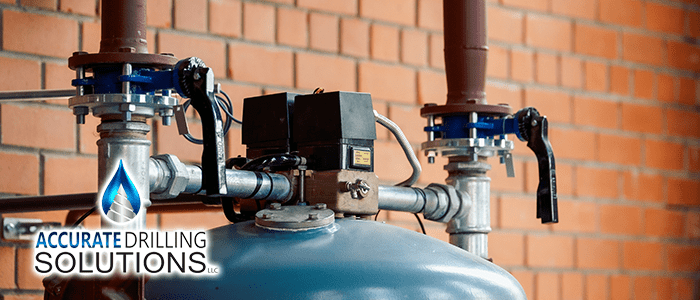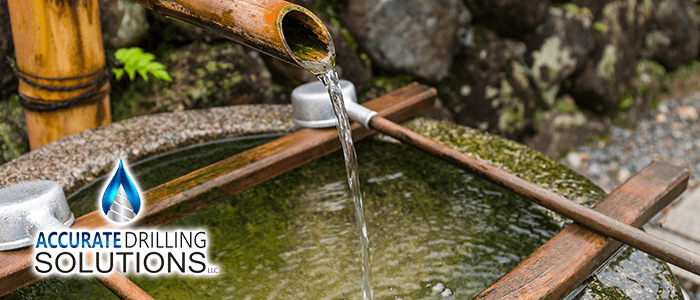
Maintenance is important in protecting any system in a home: HVAC, plumbing, and yes, irrigation. One of the most important irrigation maintenance tasks is winterizing the irrigation system. Winterization prepares the system for the winter months by shutting everything down and cleaning it out. Now in Florida, this process can start a little later, especially in Tampa where it’s a little warmer. However, it is something that must happen before the temperatures go below the freezing point of water (32o Fahrenheit). Ideally, the system is winterized before cold weather sets in at all.
What Is The Purpose Of Winterizing?
First and foremost, winterization protects the underground pipes of an irrigation system. Water freezing in the pipes is very likely to cause damage. A unique issue in Florida is the cycle of freezing and thawing as the temperature shifts around the freezing point. The freezing and thawing in the pipes will lead to cracks or bursts underground. This issue is bad for the pipes obviously, but also causes issues in the yard or sod.
Even if, by some stroke of luck, the pipe does not burst, there will be other issues to contend with. Primarily, the water may freeze solid in the pipe and block it off. This blockage leads to two issues in the future:
- A burst pipe once spring rolls around. The blockage will lead to water pressure building up behind it that ultimately has to go somewhere. That “somewhere” is typically out of the pipe via a burst or crack.
- The other possibility is low water pressure. The blockage may be small enough that water can move past it without bursting the pipe. However, this may lead to water sampling dripping out of certain sprinkler heads.
The Steps
-
Shut Everything Down
There are two parts of the system that must be shut off. First is turning the water supply to the system off. Then, the automatic controls and timers for the system also need to be shut down. These steps prevent water from accidentally flowing through the system at any point.
-
Insulate
Insulation is very important. Insulating the above ground portions of the irrigation system prevent frost from creeping in and causing problems. First, use foam insulating tubes or the foam insulating tape to wrap around any exposed pipes. Then, cover the insulated areas in plastic covering. This covering preserves the insulated areas through all kinds of weather, including rain, snow, and windy conditions.
-
Clear Out The Water
Clearing the water out of the system is the majority of the winterizing process. This is the most important step to avoid potential issues.
a. Manual Draining
Manually draining the irrigation system is not complicated, but it is definitely time consuming. The lowest point in the system needs to be opened up and allowed to drain out. This method requires the assistance of gravity and time.
b. Blow Out
In the blow out method, an air compressor is attached to the irrigation system and blows the water out of the pipes. This method should only be attempted by a professional because there are actually safety concerns with the water speed.
continue reading
Related Posts
Addressing Water Pressure Issues in Wells: Expert Solutions Water pressure
Benefits of Water Filtration Systems for Well Owners in Central
Essential Tips for Conserving Water with Your Private Well Are





